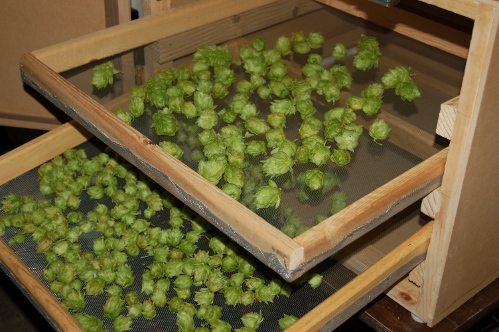Naked_Hops
Active Member
I started off with an old school locker. I decided to start from scratch and this is what I came up with.
It's 6 feet tall and the trays are 2'x3'
I used an old desk fan. I took off the guard and switched the fan blade. It doesn't move as much air as I thought.
I am going to sheath it with 1/4" plywood and make it as air tight as I can.
The space under the trays is the perfect height for my dehumidifyer.
We'll see what happens. I still don't think I can dry all 50 plants, but we'll see what happens.
I'll take any advice anyone can come up with!





It's 6 feet tall and the trays are 2'x3'
I used an old desk fan. I took off the guard and switched the fan blade. It doesn't move as much air as I thought.
I am going to sheath it with 1/4" plywood and make it as air tight as I can.
The space under the trays is the perfect height for my dehumidifyer.
We'll see what happens. I still don't think I can dry all 50 plants, but we'll see what happens.
I'll take any advice anyone can come up with!


















































![Craft A Brew - Safale S-04 Dry Yeast - Fermentis - English Ale Dry Yeast - For English and American Ales and Hard Apple Ciders - Ingredients for Home Brewing - Beer Making Supplies - [1 Pack]](https://m.media-amazon.com/images/I/41fVGNh6JfL._SL500_.jpg)














